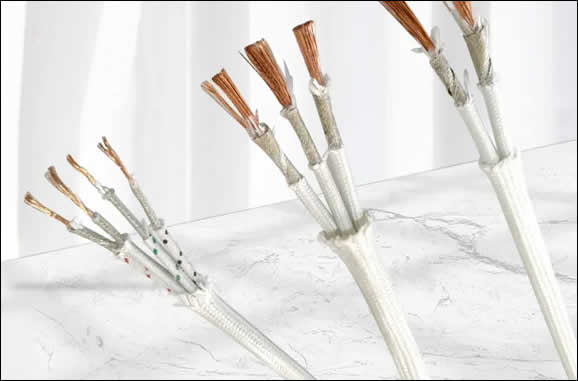Welcome to Our Website
Mica-covered copper wire, also known as magnet wire, is a type of electrical wire that consists of a copper conductor insulated with a layer of mica. It is widely used in various electrical applications due to its excellent electrical and thermal properties.
The copper conductor in mica-covered wire provides good conductivity, making it suitable for transmitting electrical signals or carrying electrical currents. Copper is a preferred choice for conductors in many applications because of its high conductivity and corrosion resistance.
The mica insulation layer surrounding the copper conductor serves to provide electrical insulation. Mica is a natural mineral with excellent dielectric strength, meaning it can withstand high voltages without breaking down. Mica is also resistant to heat and has good thermal conductivity, which helps dissipate heat generated during electrical operations.

The mica insulation in mica-covered wire offers several advantages. It provides excellent thermal stability, ensuring the wire can operate at high temperatures without compromising its electrical properties. Mica insulation also offers good resistance to moisture, chemicals, and abrasion, making the wire suitable for harsh environments. Additionally, mica-covered wire has a high dielectric strength, reducing the risk of electrical breakdown.
Mica-covered copper wire is commonly used in applications such as motors, transformers, generators, and other electrical devices where high-temperature and high-voltage operations are involved. It enables efficient and reliable electrical performance while ensuring electrical safety.

When comparing mica-covered copper wire and mica-covered aluminum wire, there are several factors to consider:
Conductivity: Copper has significantly higher electrical conductivity than aluminum. Copper wire allows for better transmission of electrical signals and lower resistive losses compared to aluminum wire. Therefore, mica-covered copper wire is preferred in applications where high conductivity is crucial. Weight: Aluminum is lighter than copper, so mica-covered aluminum wire is lighter and easier to handle than mica-covered copper wire of the same dimensions. This can be advantageous in applications where weight reduction is a priority, such as aerospace or portable devices.
Cost: Aluminum is less expensive than copper, so mica-covered aluminum wire tends to be more cost-effective than mica-covered copper wire. In applications where cost is a primary concern, aluminum wire may be chosen over copper wire.
Thermal Expansion: Aluminum has a higher coefficient of thermal expansion compared to copper. This means that mica-covered aluminum wire may be more prone to thermal expansion and contraction, which can potentially affect its performance in applications with significant temperature variations.
Corrosion Resistance: Copper is more corrosion-resistant than aluminum, making mica-covered copper wire more suitable for applications in corrosive environments or those exposed to moisture and chemicals.
Copper wire offers superior conductivity and corrosion resistance but is heavier and more expensive. Aluminum wire is lighter, less expensive, but has lower conductivity and may require additional considerations for thermal expansion.